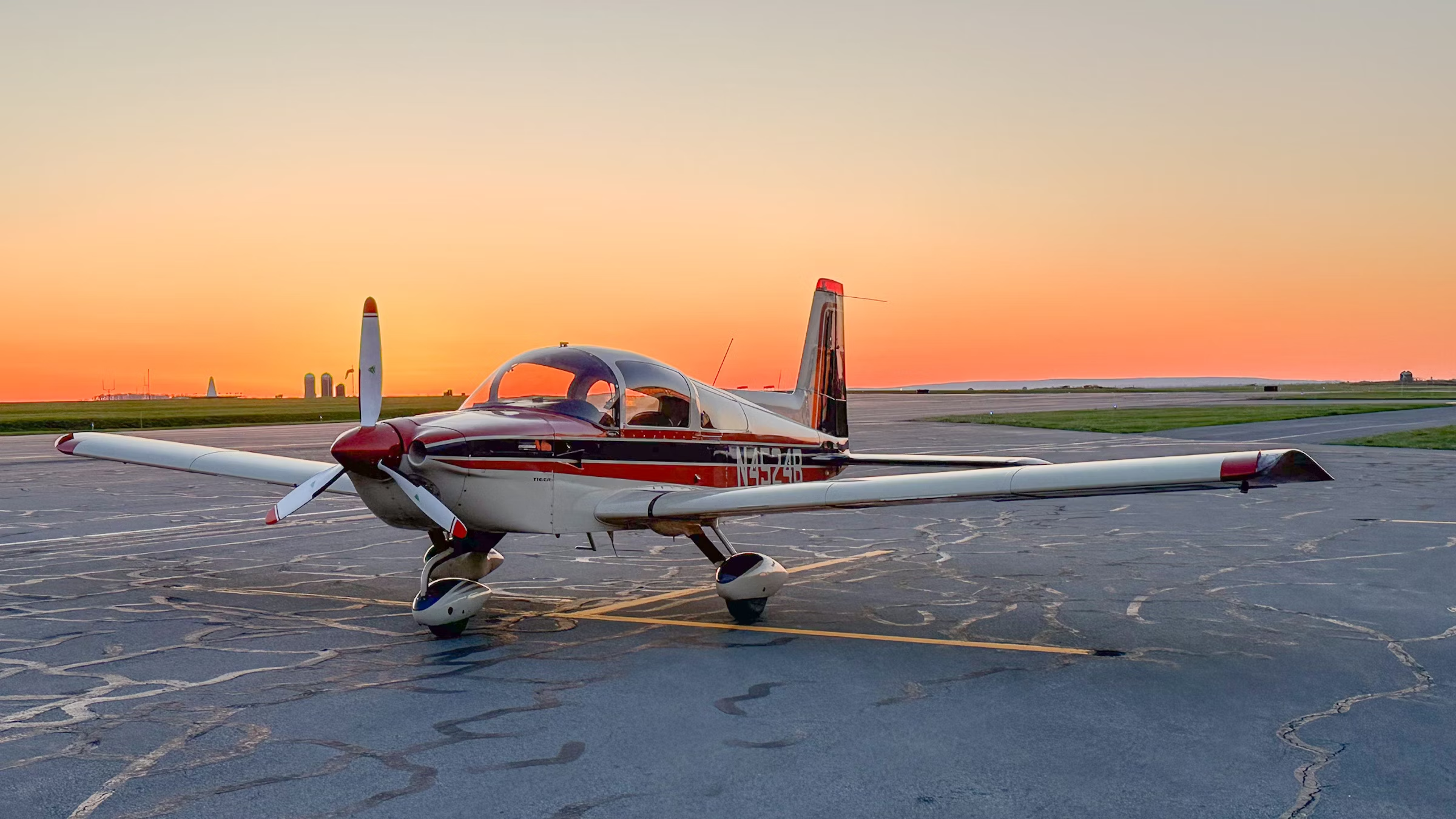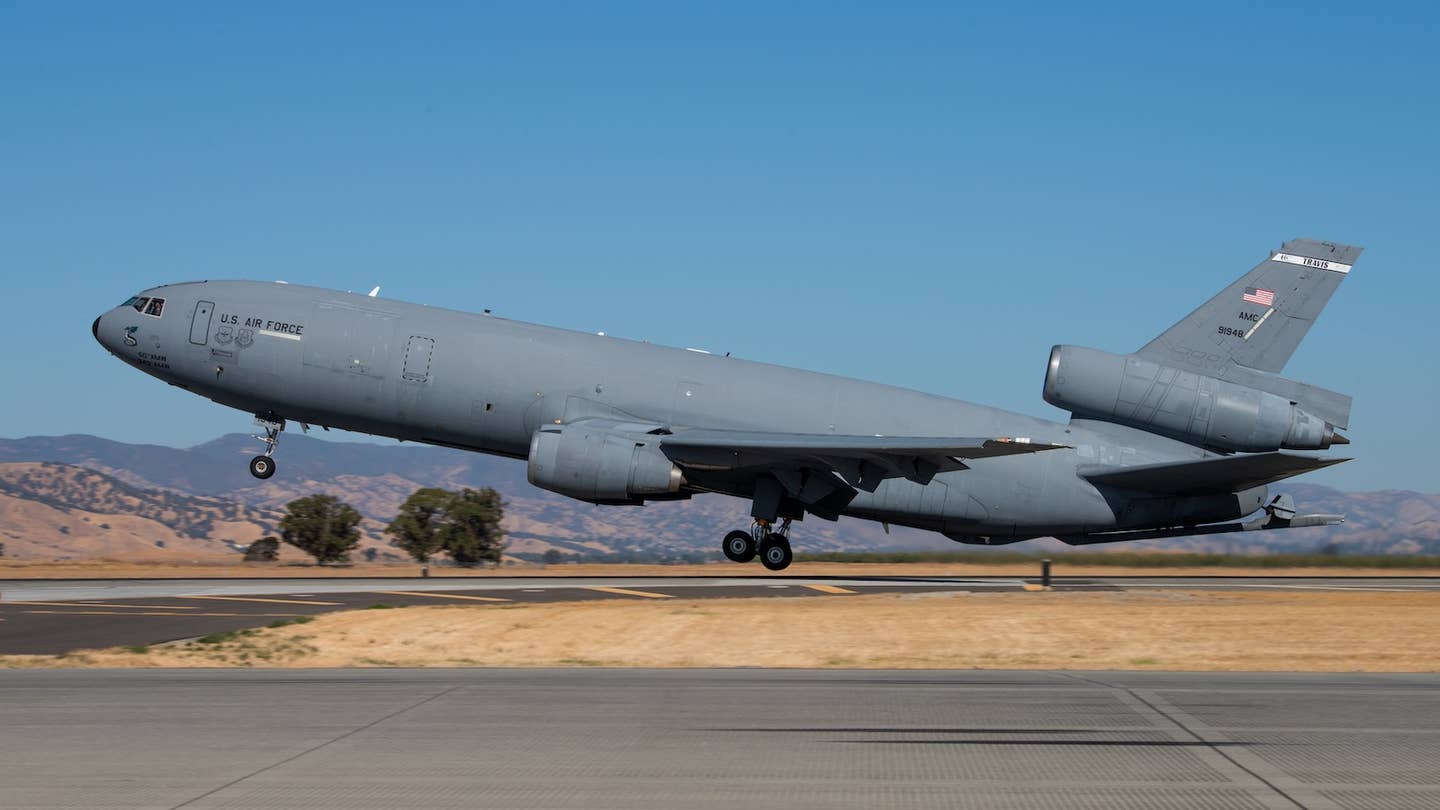Pilot Decision Making Requires a Wealth of Analysis
Becoming a pilot is more than muscle memory.

Every CFI has experienced a “teachable moment” when one of their clients makes a poor decision. [Credit: Pixabay]
The learner was a student pilot nearly ready to embark on his first solo flight to another airport within 25 nm. At least that's what the syllabus called for that day.
The weather was VFR when he arrived at the home airport, but as he inspected the aircraft, he noted the conditions were rapidly moving toward marginal visual flight rules (MVFR) as the hills in the distance were starting to disappear. After some discussion with his CFI, the learner made the decision to stay in the pattern for solo flight, saying he didn't want to get caught out if the weather trend continued downward.
As the learner taxied away the CFI looked at me with a proud grin. It is a big day when the learner demonstrates good aeronautical decision making and truly embraces the responsibility of being pilot in command.
More Than Muscle Memory
Becoming a pilot is a lot more than muscle memory. A pilot must know how to get all the information they can pertinent to the flight and evaluate it for risks and ways to mitigate them—like delaying a flight to allow a front to pass by or simply making a no-go decision. And it can be difficult to stay on the ground sometimes.
If a pilot is missing information because they skipped a weather briefing, forgot to check the notices to airmen (NOTAM) so they miss a runway closure or navigational aid outage, or they don't compute aircraft performance, or know their airspace, they can inadvertently make poor decisions.
Every CFI has experienced a "teachable moment" when one of their clients makes a poor decision, or when they hear a story about another CFI's client who does something silly.
- READ MORE: Understanding Tach and Hobbs Meter Numbers
Early in my CFI training an instructor told me a story about one of his post-solo learners allegedly flying a mere 1,000 agl over a congested area when the weather turned during a solo cross-country flight. This was pre cell phone and ADS-B, so the instructor had no way to track the flight and was somewhat anxious when the weather started to cave in and the learner hadn't returned.
He was greatly relieved when the learner landed but concerned when they explained he did a scud run to get back. The CFI asked why he didn't wait out the weather at the airport or land at one of several airports along the route? The learner replied that he didn't know he was allowed to land at any other airports.
After hearing this story, I made it a point when I became a CFI to tell my learners that if they had to land at an airport en route for any reason, be it refueling, weather, or mechanical issue, it was authorized. We looked over their route together, and when I signed them off for that particular cross-country flight, I included landings at those airports in the endorsement.
To the CFIs: Be very careful about when you sign the learner off for a cross-country flight. Specifically, did you sign them off after reviewing the flight plan with the most current weather? An inexperienced CFI who was heading out of town signed the learner off the night before—and, of course, the weather went MVFR/IFR the next day. The learner showed up the next morning ready to make the flight—he did have the sign-off, after all. The flight did not go as planned— the learner turned around about 20 minutes into it.
From that experience it became a rule for the CFIs to include the line "weather check as of (date/time)" when they endorsed the learner for cross-country flight.
Personal Minimums for Weather
One of the most challenging things for any pilot to do is turn around. As a rule, pilots have a mission-oriented mindset, and it can be very difficult to change plans. But it is necessary especially when the weather starts to exceed a pilot's personal minimums for that flight, or the aircraft isn't equipped for flight in instrument meteorological conditions.
Read the accident reports in aviation publications. So many are caused in part by a VFR pilot continuing into deteriorating weather. “Get-there-itis” combined with a macho attitude is a bad combination.
There are pilots who upgrade their aircraft or personal gear with the latest in flight planning technology, such as ForeFlight and autopilots that do much of the work for you, but technology can't make decisions. And they don't help if you don't really understand how to use them or know their limitations.
- READ MORE: Are Towered Airports Safer?
For example, using an electronic flight bag (EFB) with a weather app that allows you to see the conditions around the aircraft, including the intensity, is an excellent tool. But you must realize that the images you see on the screen are several minutes old, and therefore suspect at best.
Trying to fly between storm cells is foolish. Don't be afraid to get on flight following and ask air traffic control for help. ATC will have a bigger picture of what's happening in the sky, meaning more information than you have, so it may be able to help. When ATC gives you instructions, such as a heading or altitude to fly, comply. The life you save may be your own.
Top-Selling Aviation Gear in January
See what FLYING readers purchased for their aircraft in January 2025:

Sign-up for newsletters & special offers!
Get the latest FLYING stories & special offers delivered directly to your inbox






